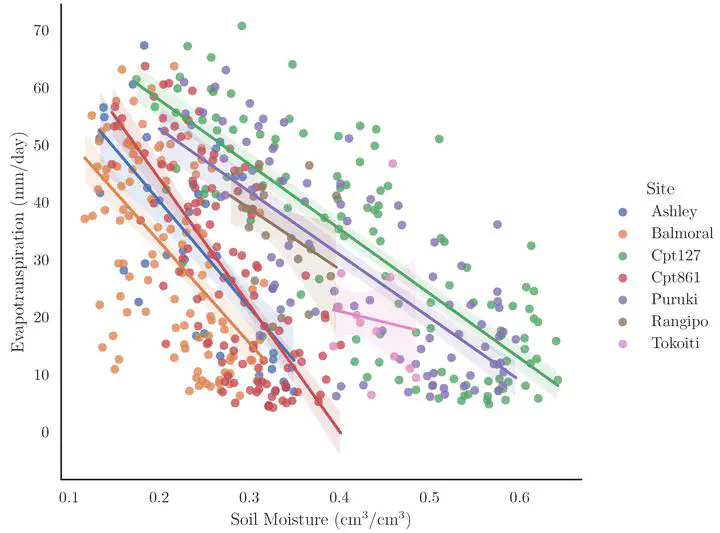
Abstract
Drought can have significant impacts on forests, with long periods of water scarcity leading to water stress in trees and possible damages to their eco-physiological functions. Satellite-based remote sensing offers a valuable tool for monitoring and assessing drought conditions over large and remote forested regions. The objective of this study is to evaluate the hydrological consistency in the context of drought of precipitation, soil moisture, evapotranspiration, and land surface temperature observations against in-situ measurements in a number of well-monitored sites in New Zealand. Results showed that drought indicators were better captured from soil moisture observations compared to precipitation satellite observations. Nevertheless, we found statistically significant causality relationships between the multi-sensor satellite observations, with spatial resolution appearing to be an important aspect for the adequate estimation of drought characteristics. Understanding the limitations and capabilities of satellite observations is crucial for improving the accuracy of forest drought monitoring, which, in turn, will aid in sustainable forest management and the development of mitigation and adaptation strategies in the face of changing climate conditions.